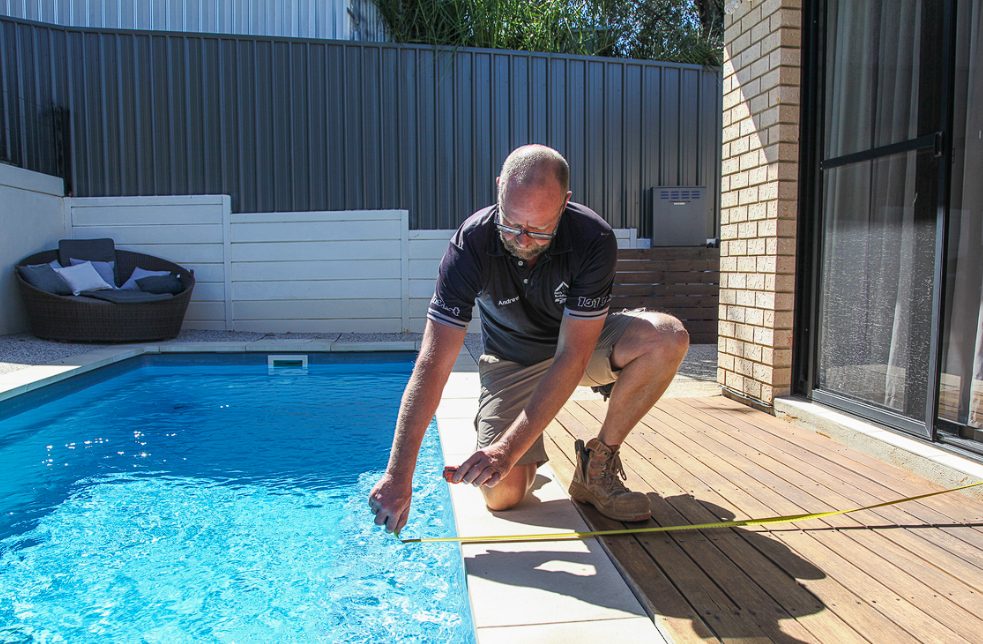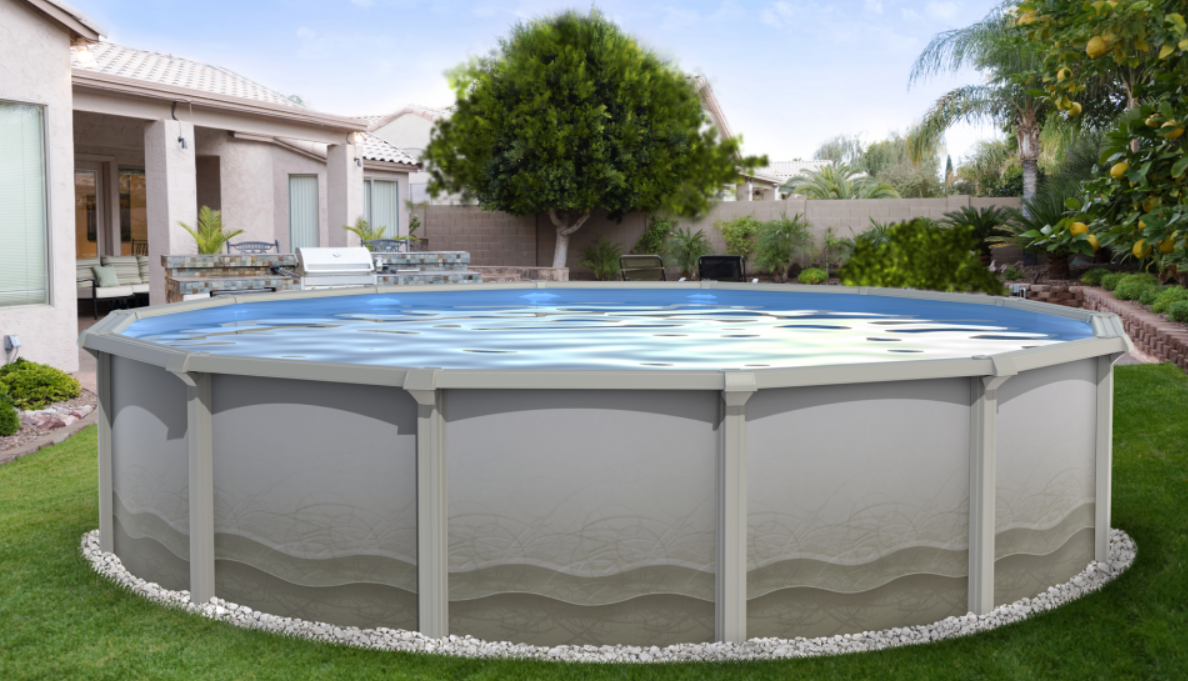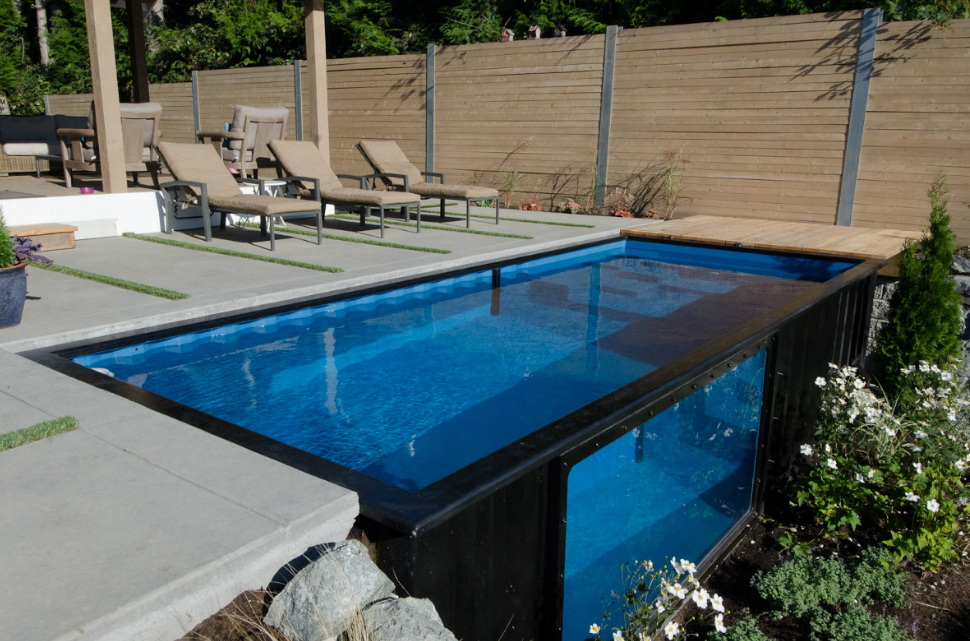Swimming pools are a fantastic addition to any home. They offer a place to relax, exercise, and have fun. However, owning a pool comes with its own set of responsibilities. One of the most crucial is ensuring that your pool meets all necessary regulations. This is where the concept of pool compliance comes into play.
Understanding Pool Compliance
It refers to the adherence to local, state, or national laws and guidelines regarding swimming pool safety. It encompasses everything from pool fence compliance to water quality and maintenance compliance. Achieving compliance is not just about avoiding fines or penalties—it’s about ensuring the safety of everyone who uses the pool, especially children.
Before we delve into our checklist, remember that requirements can vary greatly depending on your location. Therefore, it’s critical to consult with local authorities or a pool safety inspector to understand what applies in your specific case.
Your Checklist for Ensuring Compliance
Pool Barriers and Fencing
One of the first things to look at is the barrier around your pool. The barrier should be at least 4 feet high and free from any potential footholds or handholds that could enable a child to climb over. Gates should be self-closing and self-latching, swinging outwards away from the pool area.
Signage and Resuscitation Chart
Most regions require a CPR sign or resuscitation chart to be displayed near the pool area. This chart should be weather-proof and easily visible, providing clear instructions on performing CPR.
Water Quality
Maintaining good water quality is not only essential for the health and comfort of swimmers but also a legal requirement. Regularly testing and adjusting your pool’s pH levels, chlorine content, and overall cleanliness is vital.
Supervision and Access Control
Unsupervised access to the pool by children can lead to tragic accidents. Installing a child-resistant lock or latch on all access points to the pool can prevent such incidents.
Pool Covers
If your pool is not in use, especially during winter months, a safety cover is an excellent way to prevent accidental falls into the pool. Make sure the cover fits snugly and securely over the entire pool.
Final Thoughts
Ensuring pool compliance might seem like a daunting task, but it’s ultimately about safeguarding the well-being of those who use the pool. It’s about peace of mind, knowing that you’ve done everything you can to make your pool a safe place.
Remember, this checklist is a general guide, and your local regulations may have additional requirements. Always consult with a professional if you’re unsure about anything. Pool safety is too important to leave to chance.





